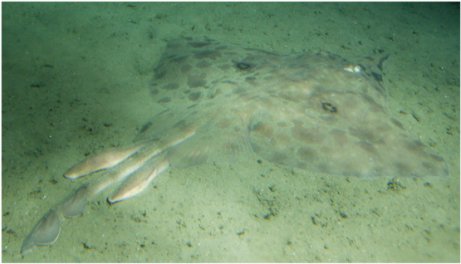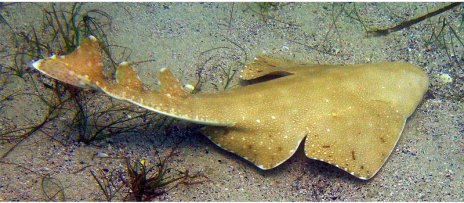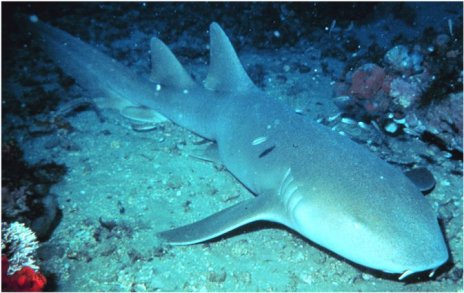
Last week, I had the privilege of of speaking to the Bolling Area Home Educators (BAHE), a group of military homeschoolers who live on the Joint Base Anacostia-Bolling near Washington, DC. In other words, I got the opportunity to speak to heroes and their families. These brave men and women sacrifice so much in order to keep up safe, and those who choose to homeschool their children sacrifice even more. The nature of military life often means one spouse is gone for extended periods of time, which means that the spouse who stays at home must carry the burdens of parenting and educating alone. In addition, homeschooling is made significantly easier when you have a consistent network of other homeschoolers in your area. Because our military heroes rarely stay in one location for more than a few years, a military homeschooler rarely has the consistent support network enjoyed by most other homeschoolers in the U.S.
The trip got off to a very military start, because a good friend of mine has his private pilot’s license, and he agreed to fly me there in a Cessna Cutlass 172RG. Since we were flying into the DC area, there were all sorts of restrictions related to where we could fly, and he was actually given instructions on what to do if the fighter jets came to escort us out of a restricted area. Since there were so many restricted areas, I assumed we wouldn’t see any actual military traffic. It turns out that I was wrong.
We were flying towards the Manassas Regional Airport at an altitude of 5,000 feet. There was a solid layer of white clouds at around 2,000 feet, well below where we were. As we were flying, air traffic control told us to be aware that there were two F/A-18 jets doing some maneuvers in our area at about 3,000 feet. We scanned the sky below us and sure enough, we got to see them flying around! Of course, they were flying so quickly that they were hard to follow for any length of time, but it was amazing to watch from our point of view!
Once the bird’s-eye view of military maneuvers was over, we landed, and it was time to get a ground-level view of military life and homeschooling. Because the guest housing at Joint Base Anacostia-Bolling was full, we ended up staying in the guest quarters at Fort Belvoir, another military base in the D.C. area. It was very interesting to see life on the base from the inside.
I spent the next day speaking with the homeschooling parents and students. In the morning, I spoke to the junior-high and high-school students. In the afternoon, I spoke to the elementary students. In the evening, I spoke to the parents. There were excellent questions all around, but the one I want to focus on came from a high school student. He asked what I would say to an evolutionist who says we can show the evolution of the shark by looking at rays, skates, and sharks. Consider, for example, the pictures below:




According to the student, a teacher had shown him similar pictures and talked about how this was excellent evidence for evolution. After all, there seems to be a steady progression from a roundish fish that has a long, slender tail and lives at the bottom of the ocean to a torpedo-shaped fish that swims expertly through the water.
As I told the student, no evolutionist believes that this is what happened. It goes to show that there is a lot of confusion about evolution, even among teachers. Twenty years ago, evolutionists thought that rays evolved from sharks. In other words, the teacher not only was teaching an old idea, but he was teaching it backwards. According to old evolutionary thinking, sharks came first, then came the angelsharks, then the skates, and then the rays.1 Of course, no evolutionist who knows the current state of the evolution of fishes believes that anymore. Nine years ago, a study based on specific genes concluded that rays and skates did not evolve from sharks. Instead, they share a recent common ancestor with the sharks, but they evolved independently from that common ancestor.2
As I have noted previously, evolutionary relationships that are based on the appearance of animals are often contradicted by evolutionary relationships based on specific genes, and even those based on specific genes often contradict evolutionary relationships based on other genes. However, right now, the evolutionary consensus seems to be that rays and skates did not evolve from sharks, but instead evolved independently from a recent common ancestor.
While I obviously disagree with the evolutionary consensus (I expect that rays and skates represent one created kind while sharks represent another created kind), I think it illustrates two very important points. First, it illustrates how absurd it is to line up a bunch of creatures and claim they represent some evolutionary lineage based on their appearance. There is such a wide variety to creation that you can always find animals that have certain characteristics in common. Do enough picking and choosing amongst those characteristics, and you can come up with all kinds of supposed evolutionary lineages, even ones that the most ardent evolutionist would never believe.
Second, it illustrates how flexible the evolutionary hypothesis is. You can force it to fit any data, if you try hard enough. You can use it to say that the obvious similarities between rays, skates, and sharks make it clear that rays and skates evolved from sharks. When new data come in, you can say that many of those similarities aren’t important anymore, and that rays and skates come from a different evolutionary lineage. They are only linked to sharks by a recent common ancestor. If newer data come in showing that rays and skates can’t have shared a recent common ancestor, you can say that most of the similarities are the result of convergent evolution, and that rays and skates only share a distant common ancestor with sharks.
When a hypothesis is so flexible that it can accommodate any data, its scientific value is very low. That’s the state of evolution today, and it is unfortunate that so many scientists still cling to it.
REFERENCES
1. S. Shirai, Squalean Phylogeny: A New Framework of Squaloid Sharks and Related Taxa, Hokkaido University Press, Sapporo, 1992.
Return to Text
2. C.J. Douady et al., “Molecular phylogenetic evidence refuting the hypothesis of Batoidea (rays and skates) as derived sharks,” Mol. Phylogenet. Evol., 26:215–221, 2003.
Return to Text

Nice article! Just wondering, though, isn’t creationism rather “flexible” too? It seems like throughout history similar occurrences (be they linguistic as in “The sun stood still” being evidence for a geocentric solar system etc.) have been used in Christianity. I don’t think it’s as flexible as the theory of evolution is, but I do think there’s still bit of flexibility there.
W. Brown, there certainly is flexibility in creationism. After all, at one time young-earth creationists thought that the species were fixed and unchanging. We now believe that God created specific kinds of animals and built within their genomes the ability to change. As a result, much of the diversity we see in life today is the result of adaptation of those created kinds. I think virtually any scientific hypothesis is flexible. The original quantum-mechanical model of the atom, for example, had the electrons orbiting the nucleus in fixed circles. Based on more information, that model was changed so that the electrons now orbit the nucleus in “clouds” of various shapes, which we call “orbitals.” The problem becomes when a hypothesis is infinitely flexible so that it can account for any observation. At that point, it has little scientific value.